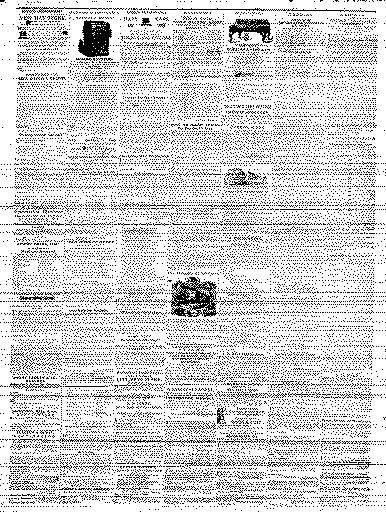|
Page 4 was always composed entirely of advertisements. Unlike those on page 3, however, these tended to be ads that clearly cost the most to place. They frequently were larger in size and had more detailed graphics accompanying the text. In addition, ads on page 4 were more likely to be from outside Staunton than those on page 3. Three or more columns were often headed "Richmond Advertisements," while two others often went under the label "Medical" and advertised any number of patent medicines. The distinction between ads on page 4 and those elsewhere in the Vindicator is similar to that between page 4 of the Spectator and the rest of its content. The Spectator also tended to put its large and extralocal advertisements on page 4, keeping ads for small local businesses on earlier pages. This shared tendency among the Spectator and Vindicator suggests that page 4 was designed to be of greatest concern to those with the greatest financial resources. Not only did the ads appearing here tend to be for businesses out of town (and thus, requiring the most time and money to reach), but they also tended to be for luxury items. In the February 3 Vindicator, for example, ads appeared on page 4 for pianos, sewing machines, fine photographs, carriages and buggies, and safes and vaults--certainly not items commonly affordable for the middle-class consumer, who likely was more concerned with (and more able to afford) the new stock at the shoe store reported on page 1. This is not to suggest that a strict dichotomy existed in the weekly paper; ads for small businesses did appear on page 4 as well, and ads for events such as fur sales appeared on pages 1 or 3. Nor is it to argue that the middle-class consumer was discouraged from reading page 4; anyone who could read and buy a subscription was entitled to their weekly paper in its entirety. What the placement of advertisements suggests, however, is the way newspapers of the nineteenth century consciously differentiated between the items they advertised. Sales at the grocery store went in one place, land auctions in another, and luxury items someplace else still. Individuals of different economic or social statuses knew where to look to find that in which they were interested.
|




